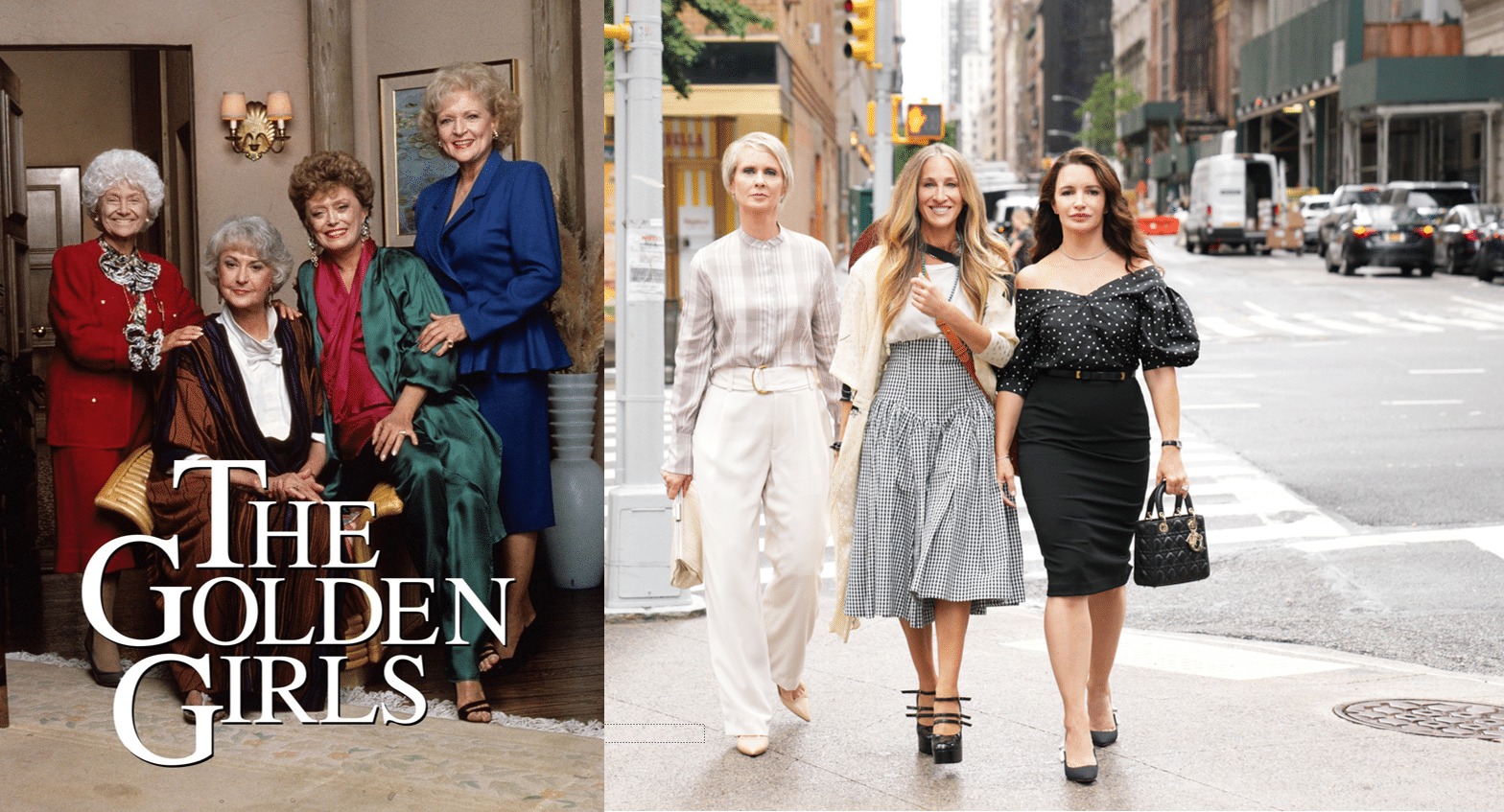Kat Farmer, fashion stylist, influencer, author, and creator of Does My Bum Look 40? joined Wavemaker’s Elliott Millard and Kathryn Saxon to discuss how despite being a valuable demographic with high disposable income, the Gen X audience are so often overlooked and disregarded by brands.
In the film and television industry, the representation of older generations has evolved significantly, yet the advertising industry has notoriously lagged behind.
Despite being a valuable demographic with high disposable income, they are often overlooked and disregarded. More than 50% of the UK are over 45 but not even half the briefs we get as an industry mention them.
The obsession with youth means that agencies are more likely to get briefs targeting Gen Alpha and yet around half of Gen Alpha still get pocket money.
The ubiquitous focus on youth is puzzling, especially considering the wealth and spending power of the older audience. They possess roughly 12 times the disposable income of the average millennial. There’s a significant gap in how we engage and communicate with this valuable audience that needs to be considered.
Gap One: Assumptions about their lives
Older audiences are not just financially valuable; they have also shown resilience and quick recoveries in post-COVID times.
While younger generations are focused on transitions like finishing school or starting their first jobs, older generations are going through significant life events such as starting businesses, selling homes, divorce and navigating family dynamics. Their experiences and needs are unique and deserve attention.
The stereotypes and misconceptions surrounding older generations need to be challenged. They are not dull or resistant to change; they have different ways of living and working compared to previous generations.

I am targeted with adverts for life assurance and funerals. This doesn’t represent me; I don’t consider myself elderly.
56 year-old male Every Voice Community respondent
Gap Two: Assumptions about their buying habits
Responses from our most recent ‘Every Voice’ survey highlight that older audiences do not often mention brands when asked about advertising representation. Instead, they talk about categories like funerals and life assurance.
Kat pointed out from her own and her followers’ experience, this is an audience that is in a transition period and open to new experiences and adventures. Many seek a fresh start in life, yet brands are not capitalising on this opportunity.
Wavemaker’s recent cost of living research further substantiated this – they are open to change and less likely to stick with brands they know. They have the time and resources to be experimental, so risk aversion is reduced.
Because Gen X are less likely to buy on a whim, any one channel alone is often not enough to drive purchases for this cohort, they instead rely on multiple touchpoints and seek validation from sources like reviews, their friends and family, as well as offline channels such as TV or retail locations.
This is an audience that is open to new experiences, yet brands are not capitalising on this opportunity.
Gap Three: Assumptions about their media habits
Older audiences are time-poor and cash-rich, and they prefer to watch content they love rather than mindlessly scrolling through various platforms.
Social media platforms like TikTok have a significant presence of older users, and they are the fastest-growing audience segment on the platform. Forget that ‘Facebook is for my gran’ adage.
Personal recommendations carry more weight for this audience than traditional advertising, so brands should focus on building relationships and engaging with them more authentically.
By understanding this audience’s unique experiences, preferences, and media habits, businesses can tap into a vast and valuable market that has been largely overlooked.
We can no longer assume that they’ll simply overhear our advertising because of the way media ages up. Generations are a useful shorthand for many things. There are undoubted similarities across generations. Yet an audience rooted in their relationship with the category, their relationship with the brand and their attitudes is a vastly more powerful way of thinking.
In a world of fragmentation, inflation and slowing growth, they are an opportunity more of us should take seriously.
Key takeaways
- Audit your sources of growth.Think carefully about where the best possible growth is going to come from.
- Think about your mix and check multiple audience delivery. Do you need to course-correct any of your plans?
- Authenticity and honesty are key.





